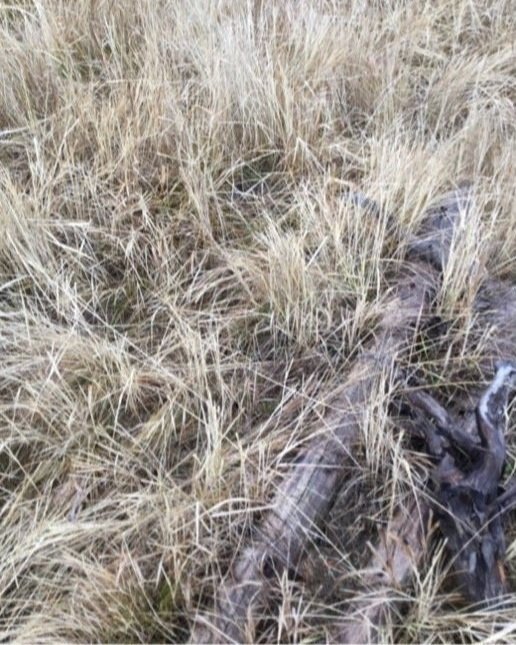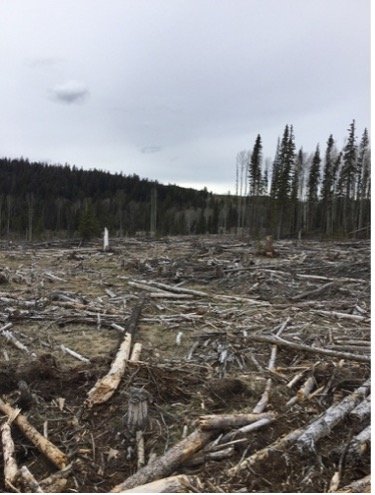Advanced Screefing Techniques: Part 1
If you have never shovel screefed before, the initial experience can be daunting. Over the years, we have had many planters want to throw in the towel (and shovel) after a few days, calling the work impossible due to the top layer of grass. When we tell them that we have planters earning good wages in these exact conditions because of good technique, these prospective employees become more willing to lend an ear to what we have to say.
Screefing is the process of removing the top layer to expose the mineral soil below. This can be as simple as moving branches or other litter, or removing a top layer of grass or other herbaceous competition. In South Central BC, screefing is crucial to ensure seedling survival. The IDF Bio geo-climatic zone becomes extremely arid in July and August. In 97% of the cases, the seedlings will only survive if planted in pure mineral soil, with grass or herbaceous competition removed.
This article will show some of the types of screefing you may encounter, and shows some of our top tips for effective screefing while staying injury free.
Screefing at its Worst
Nowadays, most blocks with grassy conditions are disc trenched. Sometimes, however, established regen trees make it impossible to do so. The photos on the right are great examples of this. The entire ground is covered in long grass, with very few gaps or places for leverage.
To reflect the difficulty of this block, this work was priced at 45 cents per tree to the planter.
You may not have to plant something this bad in the coming season - Some planters won’t even get something this bad in their careers. If you do, however, then knowing the proper screefing technique will be crucial for you to stay injury free and productive.
Realistic Difficult Screefing
Most of the more difficult screefing that you’ll experience on a more regular basis will be on blocks that look like this.
These blocks show less established grass but have various herbaceous competition and other litter.
Although it’s much easier than the last examples, there is still a lot of work that needs to be done to ensure seedling survival.
Because the work is still difficult, this type of ground is usually priced at 25 to 27 cents/tree.
Standard Everyday Screefing
These blocks have easier ground with a mix of mild to medium screefing requirements.
This ground will require much less work than the previous examples, and is usually priced around 22 to 23 cents/tree.
On easier ground, the key is to determine what kind of screefing will be required as you approach your planting spot. If it’s mostly small litter, a quick flick of the shovel should be enough to expose the mineral soil. If the litter is heavier, you may need to involve the body so you can add power to your movement. Think of having to paddle more aggressively as you navigate through rougher water.
Screefing Tips:
Now that we have covered some of the various block types that you may encounter, here are some key elements to consider when screefing:
In 98% of the cases, avoid boot screefing. It’s generally way slower and will wreck your knees in the long run.
Keep your knees bent so you don’t over stress your back.
Keep your low hand close to your blade for more power.
Screef between your legs, especially when heavy screefing.
Use the fulcrum effect when possible. When planting around obstacles, position your shovel against stumps and push forward to give you more leverage.
Before you even try screefing the most difficult stuff, poke your shovel to make sure there is actually mineral soil underneath. There’s nothing more frustrating than making a big screef and then hit nothing but rock or duff.
If you have to screef in sod, spear through the grass to break the webbed roots and use cutting motions first. If you encounter such ground, we know it’s challenging, so we will make sure you’re not stuck with it for too long.
We will be releasing a video, some more photos, and more tips soon. Stay tuned for more!






